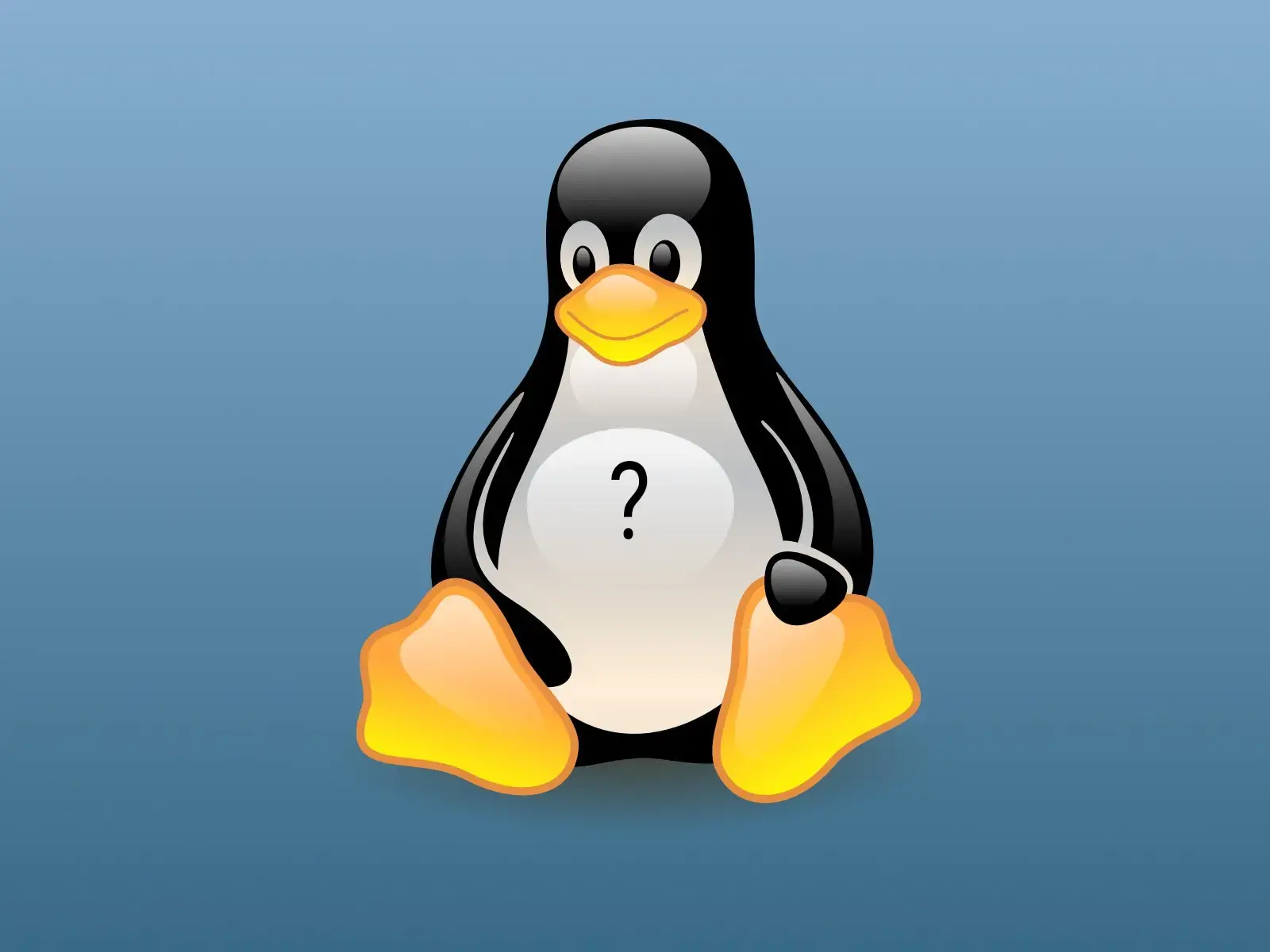

That’s a good rule of thumb, but as a direct point of comparison, it’s not that bad with iPhones. Apple’s MDM protocol is very particular about what admins are allowed to control even on company-owned devices. For example, admins can’t see the Apple ID used on the phone and can’t grant apps screen sharing permission without user approval.
And we certainly can’t access iMessage.













One reason is that Python is not built-in on macOS anymore, so it’s hard to justify using it for management scripts. Particularly when you do not have control of the execution environment to begin with. I’ve written some obnoxiously complicated bash (or zsh) scripts because I want to make sure it will run on a vanilla Mac with no additional dependencies. 10 years ago I would’ve done all that stuff in Python, but not anymore. Thanks, Apple!
From a technical perspective, sure, I could push out a portable python environment and it wouldn’t affect the rest of the system. But that comes at a cost. I don’t want to fight for it, and I don’t want to be responsible for maintaining it. It’s easier to just use bash/zsh.
Python is also too heavy for some embedded devices. Not sure if I can count on Amber scripts to run in a busybox environment but maybe?
That said, if the question is “is it worth learning a whole new thing when I already know bash/zsh”, I am not so sure. But in principle, I dig it, regardless of how practical it is with my specific background and needs. I mean, if I learned about this 20 years ago I feel like I might still be reaping rewards.